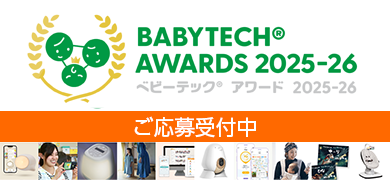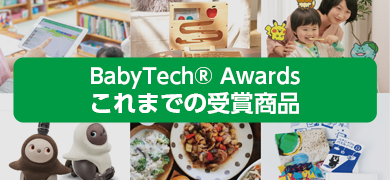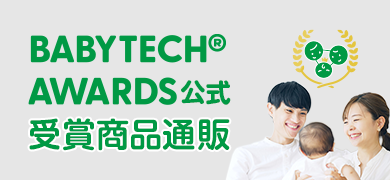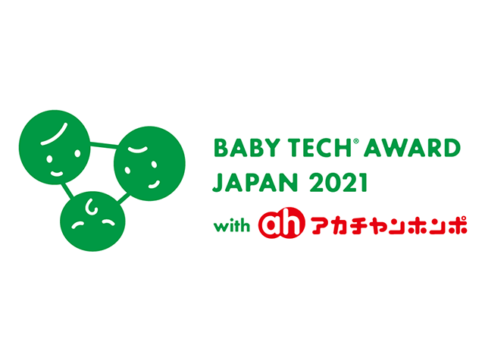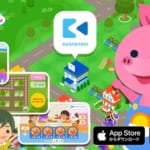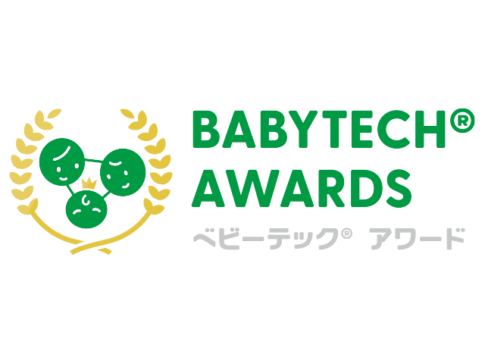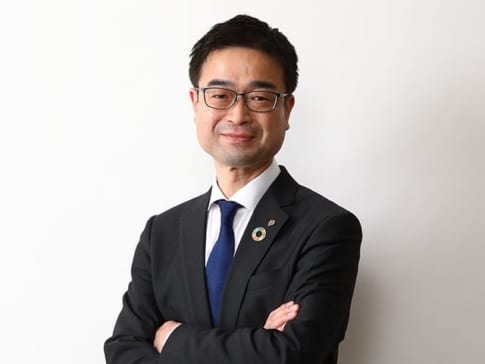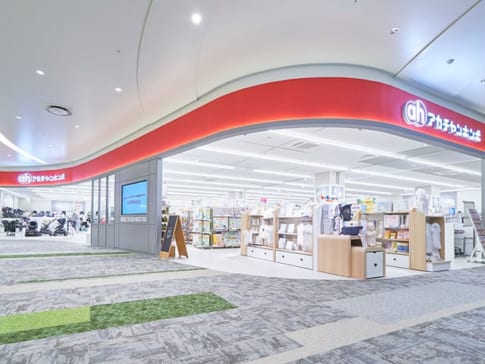- Original picture story shows can be enjoyed by readers and listeners on two digital terminals.
- A variety of mechanisms to promote communication unique to digital
- Future plans include an android version, an English version, and the ability to create original picture books.
The "Kanashibai" introduced here is an application that allows users to enjoy original digitalized picture story shows. The application allows users to freely move pictures, introduce new characters, and enjoy in many other ways that are not possible with paper media. This service won the grand prize in the "BabyTech® Award Japan 2021 Learning and Playing Category. The BabyTech.jp editorial staff interviewed Yoshihiro Toda, representative of unouplus, the developer of "Kanashibai," to learn more about the service, how it was developed, and its future development.
(We spoke to...)
unouplus Inc.representative
Yoshihiro Toda

Profile icons for unouplusinc.
Surprising expressions and storylines are possible only with digital works that use two terminals!
Editorial:Thank you very much for your time today. Could you begin by giving us an overview of "kaminashibai" and its features?
Toda:Kamanashi-bai is an application of a so-called traditional "picture-story show". We had been making children's apps for some time, but we thought that most children's apps could only be played by one person (......). So we wanted to create an app that would allow parents and children to communicate with each other. Around that time, I often went to the library with my children and was able to borrow many picture story shows there. At that time, the idea came to me, "Can't we make an app for these picture story shows? ....... A picture story show always requires at least two people to play, and cannot be played by one person. Also, unlike picture books, I thought it would be interesting to have a format in which the reader and listener read different papers. The result of such an idea was Minashibai, which cannot be completed with a single smartphone and requires two or more tablets or smartphones.
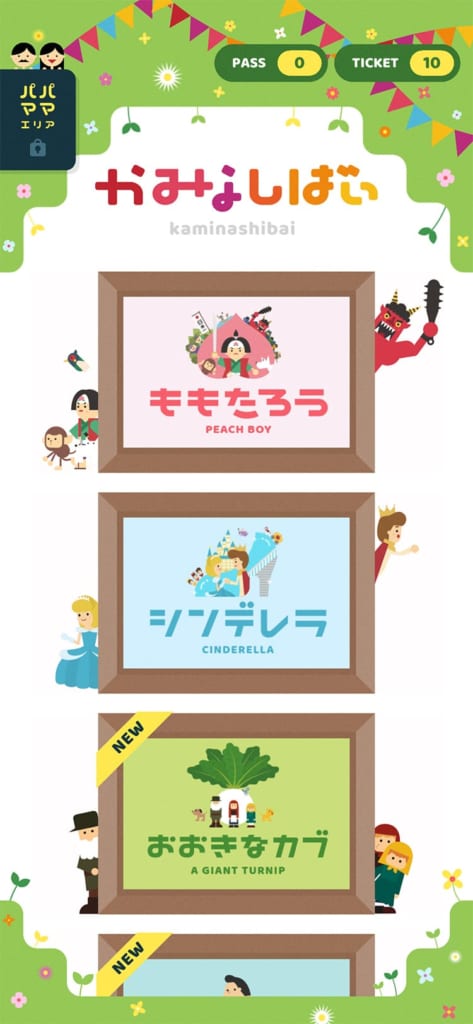
Editorial:It is such a characteristic of picture storytelling that kaminashibai always requires two smartphones or tablets.
Toda:That's right, by linking two terminals via Bluetooth communication, when the reader moves something on the screen, it will move on the listener's terminal as well. For example, in the case of "Momotaro," a peach flowing from a river can be moved left and right.
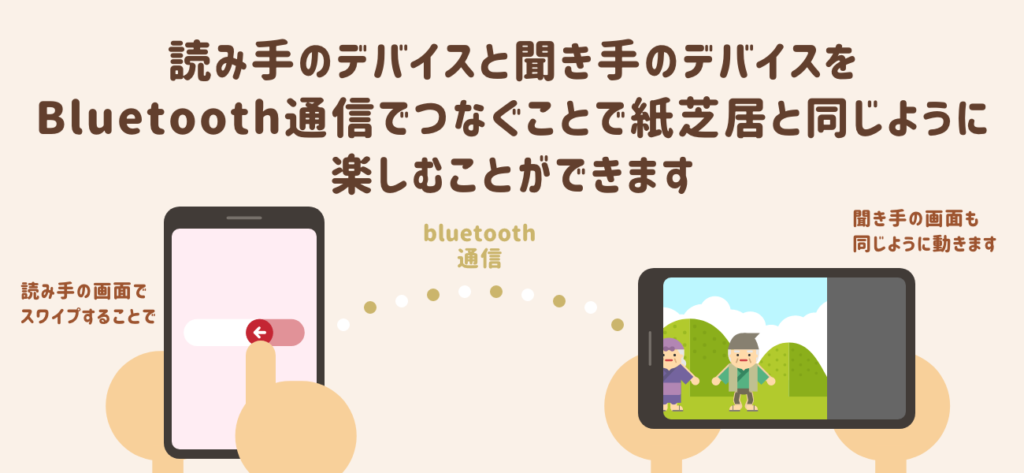
However, that alone is not so different from a regular picture-story show, so we have included a variety of things that are possible only with an application. In the "Big Turnip" piece, the only characters that appear in a normal picture story show are the ones that have been set in stone. With "Kaminashibai," you can choose from a variety of characters, such as grandfathers, grandmothers, dogs, mites, sumo wrestlers, and so on. In Momotarou, the reader becomes an Oni and the listeners become Momotaros, and at the end, a game-like battle begins.
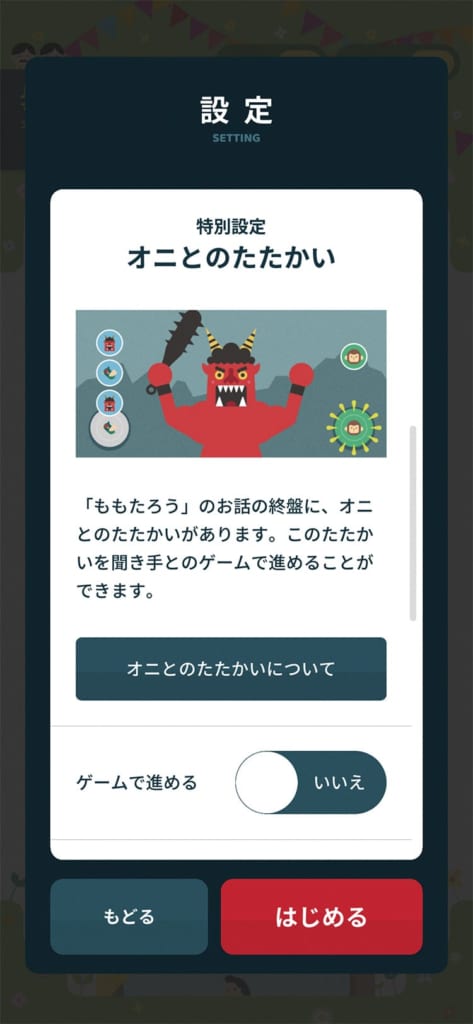
Editorial:That is something that picture story shows and picture books cannot do.
Toda:There are also two other stories in the Kami-nashibai series, "Papa no senaaka" and "Mama no onaka. In "Papa no Senaka," the child who is listening watches the story with the tablet on the back of the father who is reading it, and this is also a work made possible by the app's ability to read to the child without a face-to-face encounter.
Editorial:What is that story?
Toda:Dad is always working, but he might be a little tired and broken down, so can you help me find the cause of the breakdown on my back?" This is the story of ......, where the child explores and fixes various things.
Editorial:So you put the tablet on your father's back!
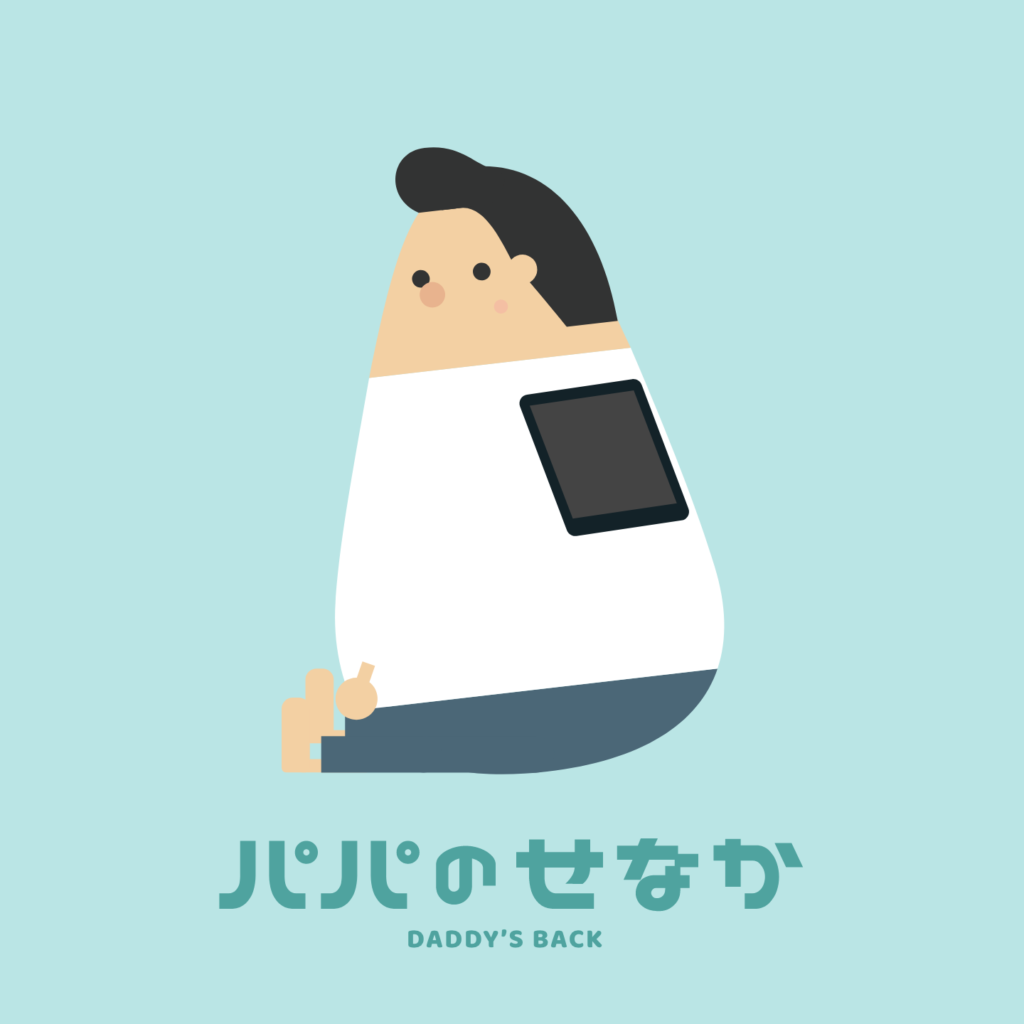

Toda:Mama's Tummy" is a work that is read while the tablet is placed against the tummy of the mother. It is a story that says, "This is how you were in your mama's tummy. ......" by experiencing with the child the ten days of the tenth month until the child was born. I would like to continue to create works of expression like this that cannot be done on paper. I believe that there is no limit to the expression that can be achieved with digital technology, such as the ability to choose various paths in a story or to change the story.
An application that was born from the interaction with children and the steady production of the application.
Editorial:I understand that your inspiration for developing Kanashibai came from a visit to the library with your child ....... When was the actual release of the application?
Toda:Version 1.00 was released on April 10, 2018. I think the development period was roughly one year. It started out as private work that I did in between my day job of web design and application production.
Editorial:Did you still incorporate your children's reactions into the development of the application?
Toda:Before making Kanashibai, we had already made two apps for children, and since that time, we have been playing with them to see how they react, and have reflected this in the development of our apps.
Editorial:Did you develop the Kamanashi-bai all by yourself, Mr. Toda?
Toda:Yes, I do. I do everything from illustration to application implementation.
Modern revival of picture storytelling offers fresh surprises and one-to-many communication
Editorial:What is the target age range for Minasibaba?
Toda:They are approximately kindergarten age to early elementary school age.
Editorial:What is the feedback from users?
Toda:Parents and BabyTech® Award judges alike have expressed their surprise. They were surprised that an old picture-story show was reborn in such a new way, and they were surprised that the idea of using two terminals had never occurred to them before. Although we have not been able to hear directly from the children, we can tell that they are pleased with the experience.
Editorial:What do you think of Mr. Toda's children?
Toda:Since they are already advanced elementary school students, they are no longer in the target age range. ...... I have also heard from friends with children through app reviews and my Facebook page that they are "amazed! It's interesting to communicate with children!" I have also received feedback from schools for children with disabilities. I also received a comment from a school for children with disabilities that they used the app in their class.
Editorial:Schools these days are trying to give out one tablet per student, and tablets can be seen in front of the students even when they are too far away to see a picture-story show, so it is wonderful to use the system where the teacher operates the device and the children watch it together! What is the maximum number of connections?
Toda:We have verified up to 5 units, but I don't think there is any limit to the number of connections.
With an eye to promoting Japan's original culture of kamishibai performances overseas.
Editorial:What do you have in mind for the future of Kanashibai?
Toda:First, we would like to develop an Android version, as we currently only have an iOS version. We also intend to work on an English version and other international versions. We are also looking to add more stories, and also to allow users to create their own stories.
Editorial:Does this mean that you can create original picture story shows?
Toda:We envision that users can create their own original stories and read them to their children by placing objects such as characters, houses, and trees. Some of the user's parents are good at drawing pictures, so I would like to be able to incorporate their drawings and create original works. The technical hurdles are high, but it would be time-consuming for me to create more works on my own, so I hope to cover them in this way: ......
Editorial:Was the idea of an English-language version requested in any way from abroad?
Toda:Kamishibai (picture story shows) became popular after the war in the early Showa period, and the structure of "pulling out paper to show" seems to be a Japanese original. The idea of an English version was conceived based on the idea that it would be interesting to expand such unique Japanese culture overseas.
After the interview
When I was a child, I remember being very excited by picture story shows read to me by my kindergarten teacher. However, these days, I rarely see picture story shows and have never checked them out from the library. However, with smartphones and tablets, it is easy to try them out. What's more, if there are a lot of digital surprises packed in there, ...... will be the best opportunity to deepen communication between parents and children. It will be a great opportunity to deepen communication between parents and children!
KAMINASHIBAI Official Website
https://kaminashibai.unouplus.com/

